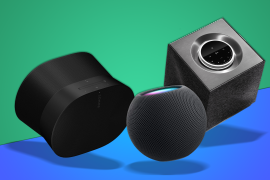The Stuff Gadget Awards 2025: our TVs and streaming service of the year
Look here! These are the screens and services that kept us most entertained over the past year


Television tech played a fascinating game of leapfrog in 2025. Mini-LED muscled past OLED in overall sales, proving you don’t need self-emitting pixels to deliver knockout picture quality.
But OLED wasn’t backing down: QD-OLED panels became cheaper and more accessible, matte screens spread beyond fancy art TVs to banish glare and the brightness wars raged on, with manufacturers promising ever-more retina-searing peaks.
Screen sizes kept ballooning too, with 98in models becoming much more attainable and 116in behemoths proving that yes, your living room wall really could accommodate something genuinely ludicrous.
The streaming landscape got messy. Price hikes dropped with monotonous regularity, turning the utopian cord-cutting dream into an increasingly wallet-draining, ad-infested reality. Despite that, the viewers kept watching – streaming finally overtook traditional broadcast and cable combined, becoming the primary way most of us consume TV.
Netflix sat comfortably atop the pile with 300 million subscribers, whilst “serial churners” – people who subscribe for a month or two before cancelling, then re-subscribe again months later – became such a headache that platforms even started punishing repeat cancellers. Sports proved the secret weapon against subscriber flight, with Amazon, Apple and Disney all scrambling for live broadcast rights.
From budget bangers to flagship stunners, here are the tellies and services that earned their spots.
Premium TV of the year: LG G5 OLED
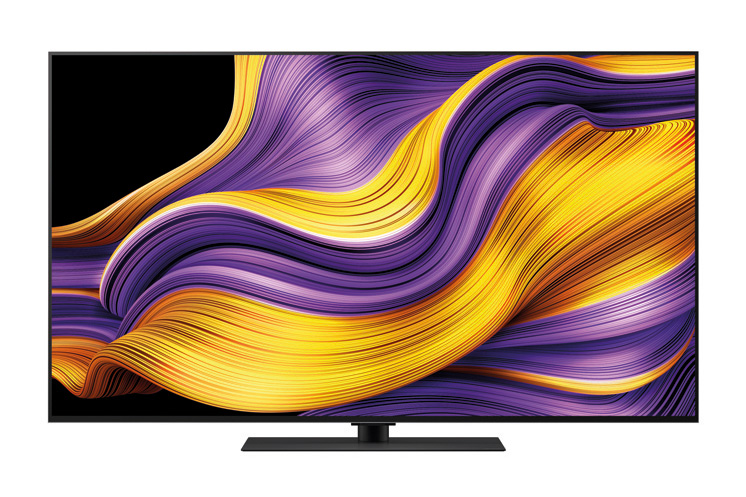
This TV gives OLED the one element it’s always lacked: real brightness punch. LG’s revolutionary four-stack technology adds an extra blue layer, delivering peak output of 4000 nits and obliterating last year’s G4 and Samsung’s QD-OLED efforts. This isn’t incremental refinement but a generational leap that cracks the brightness ceiling while maintaining those perfect blacks.
Highlights sparkle with retina-roasting intensity while colours remain pure and accurate, creating depth that makes rivals look flat. Shadow detail and gradation remain exceptional even during fast motion, thanks to LG’s Alpha 11 AI Processor handling colour mapping brilliantly.
Gamers benefit from 165Hz refresh rate, four full-bandwidth HDMI 2.1 ports and sub-10ms input lag. Whether watching 4K Blu-rays, streaming Dolby Vision content, or gaming on Xbox Series X, every frame renders with stunning dynamism.
The built-in speakers underwhelm, and the interface prioritises ads and AI over usability, but neither diminishes what is simply the best picture quality currently available.
Highly commended
Sony Bravia 8 II
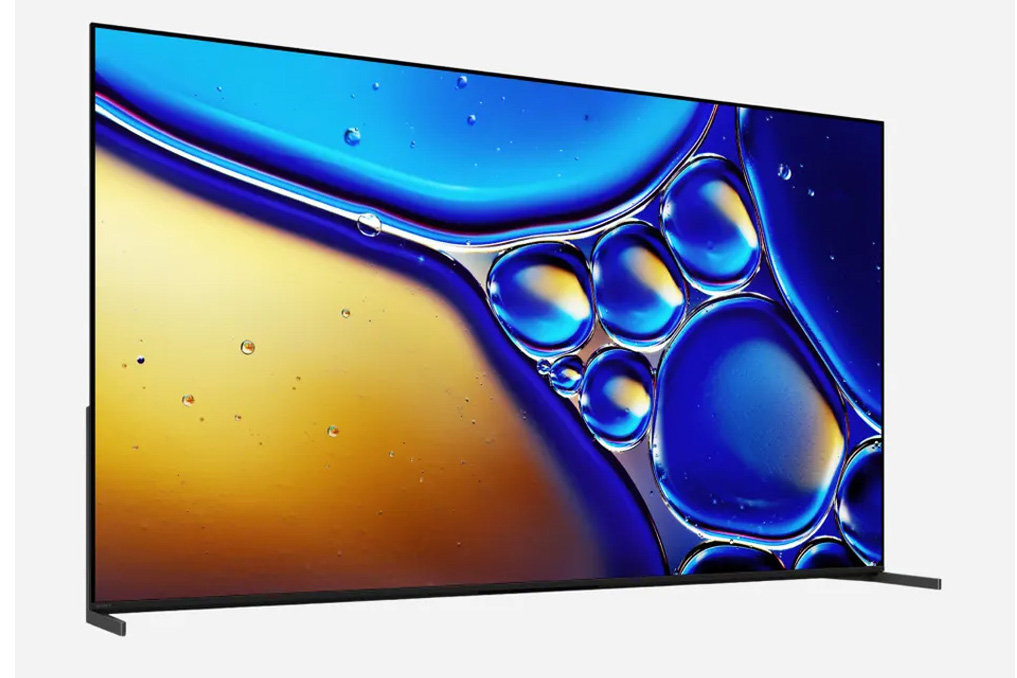
Sony’s potent picture processing wizardry meets cutting-edge panel technology in the Bravia 8 II, delivering an image quality picture tour de force – think punchy details and accurate images from all sources.
This isn’t merely an update to the regular Bravia 8 model; it uses QD-OLED panel technology to substantially boost brightness and colour volume compared to standard OLED. The Quantum Dot OLED panel delivers a 50% brighter image than its predecessor while maintaining rich, vibrant colours. Meanwhile, Sony’s XR processor extracts stellar performance from every source, whether you’re gaming, watching 4K discs or streaming Netflix via the TV’s Google TV smart platform.
Acoustic Surface Audio+ puts actuators behind the display, turning the entire screen into a speaker – sound appears to emanate directly from the action on-screen, creating extraordinary immersion. This does make the set thicker and heavier than competitors, while its edge-positioned feet require substantial furniture for those not wall-mounting.
Samsung QE65S90F
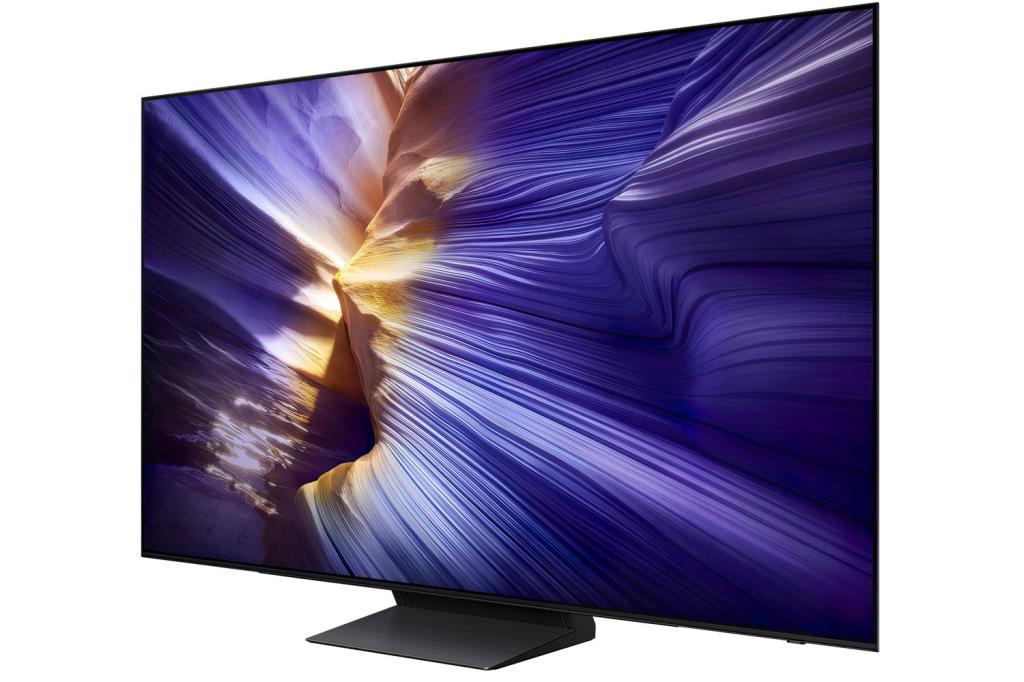
Samsung’s S90F tackles OLED’s brightness Achilles heel head-on. This QD-OLED absolutely shines in brightly lit rooms where other screens falter, helped enormously by an anti-reflection treatment that kills glare dead. The result? Vibrant, high-contrast images that look spectacular whether you’re streaming in daylight or gaming at night.
What makes the S90F appealing is its versatility. Movie fans get natural colours, deep blacks and exceptional detail that does justice to 4K Blu-rays. Gamers get four HDMI 2.1 ports with 144Hz support, lightning-fast response times and a comprehensive Game Bar offering flexible aspect ratios.
Control options are plentiful too, with extensive menus letting you fine-tune performance exactly how you want it. Samsung’s promised seven years of free OS upgrades means this TV will stay current well into the 2030s. The catch? The steep launch cost. But TV prices always tumble quickly – so unless you’re impatient, a few months’ wait should see it drop to a more affordable price.
Also shortlisted
Panasonic Z95B OLED, TCL 65C8K, LG C5 OLED
Affordable TV of the year: TCL T6C 55in
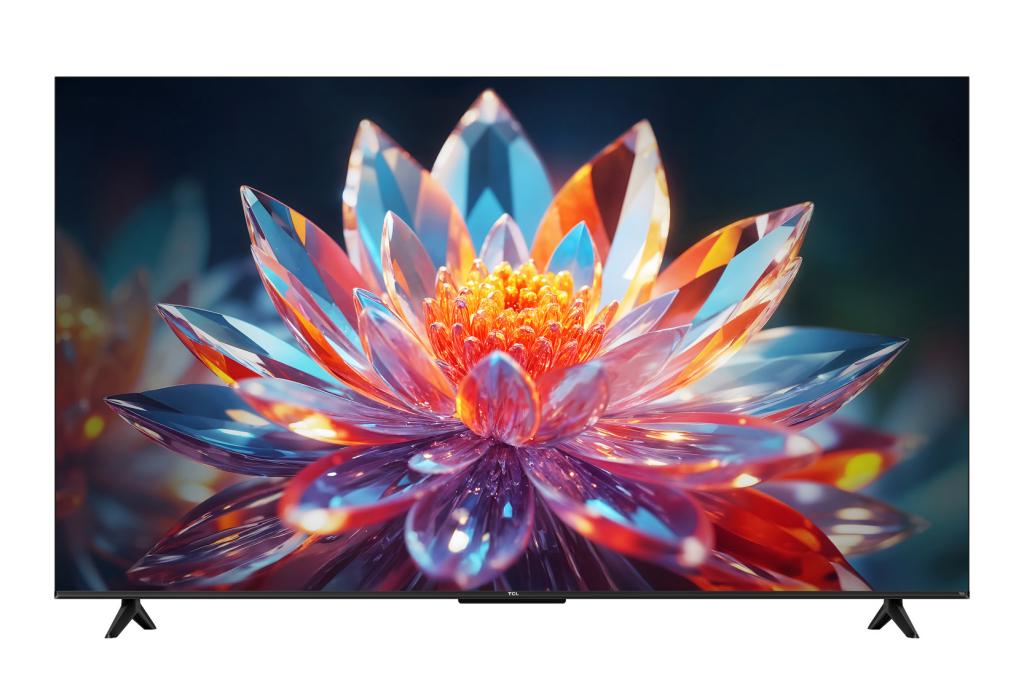
In a deliciously ironic twist, TCL has built a better Fire TV than Amazon itself. The T6C was the best budget Freely TV we tested this year, comprehensively outgunning Amazon’s own Fire TV 4-Series on specs, picture quality and value for money.
The direct-lit QLED panel delivers rich, natural colours with impressive dark performance, while Dolby Vision and HDR10+ support bring depth and detail that punches well above the modest price tag.
Freely support means hassle-free terrestrial TV without an aerial, while the slick Fire TV interface provides effortless access to all the main streaming apps. The slim design, narrow bezels and clicky remote lend the set a quality feel, although as on many budget TV sound is a little thin.
A wider variety of features, more flexibility and superior picture performance make this the cheap Fire TV to buy. Maybe Amazon should be taking notes from its own platform partner.
Highly commended
Amazon Fire TV 4-Series 50in

Amazon’s frequent sales events transform the Fire TV 4-Series from decent value into an absolute steal. During Prime Days and seasonal promotions, you can expect massive discounts that make this 50in 4K display hard to beat on bang-for-buck appeal.
Pioneer – a very credible manufacturing partner given its history – makes the 4K HDR10 display, though picture quality doesn’t really rise above entry-level. The new Dialogue Boost mode helps with muffled speech, while Omnisense automatically powers the TV on and off.
The real draw here is effortless ecosystem integration though. For those already embedded in Amazon’s world, the Fire TV interface feels immediately familiar, with Alexa voice control built into the remote for searching content, adjusting volume and managing smart home devices. Setup through a phone is remarkably simple, while access to every major streaming service means you’re never locked into Amazon content alone.
Patient bargain hunters willing to wait for sales will find the 4-Series represents exceptional value.
Samsung U8000F 55in

There’s a good reason for Samsung’s global dominance in TV sales. The brand has built trust through consistent quality, and the U8000F exemplifies this approach. Part of the Crystal UHD range, it’s one of Samsung’s best budget options, elevated by thoughtful design touches that belie its affordable positioning.
A case in point is the tool-free assembly, with the TV’s feet simply plugging in rather than requiring fiddly screws. It’s a small detail that makes a big difference. And Samsung’s tried-and-tested Tizen OS platform provides seven years of support and quick access to all major streaming apps, plus SmartThings integration for your connected devices.
The picture quality impressed us with good colours and bags of contrast (despite lacking Quantum Dots), while HDR10+ and Filmmaker Mode add polish. Peak brightness can’t match pricier models, and darker rooms suit it better than sun-drenched lounges, but the experience remains solid throughout.
Also shortlisted
Sharp GM6245K, Toshiba QV2F 55in, Metz MQW7600 50in
Streaming service of the year: Netflix

It seems like rumours of Netflix’s demise were very premature. Despite the regular price hikes and propensity to flood its library with sub-par, brain-dead filler, seemingly aimed at smartphone-addicted viewers who keep one eye on TikTok while watching TV shows, we still can’t quit this O.G. streaming service.
Netflix always reels us back in, releasing just enough genuinely superb stuff to keep us from cancelling our subscriptions and letting BBC iPlayer take care of our telly fix. And this year was a particularly good year for the platform, thanks to shows like the timely one-shot drama Adolescence (which bagged multiple Emmy awards) and films like certified cultural phenomenon KPop Demon Hunters, plus a steady stream of decent first- and third-party series and movies.
And with some heavy hitters still to come, such as Guillermo del Toro’s Frankenstein, 2025 could end up being one of Netflix’s true vintage years.
Highly commended
Apple TV+

While its main streaming competitors boast of the sheer volume of content on their rosters, Apple keeps its library tight and solely produced in-house – all the better to ensure that the quality ratio remains high. And we’ve realised that, while we’d never find ourselves mindlessly scrolling through the Apple TV+ listings in search of something to watch, it’s a service we’ll come back to time and time again to catch up with our favourite shows (and the occasional movie, even though its cinematic hit rate hasn’t been quite so impressive).
In 2025, fresh helpings of beloved series including Severance, Slow Horses and The Morning Show kept us glued to Apple TV+ on a regular basis, and there were also some killer additions, such as Seth Rogen’s stylish Hollywood comedy-drama The Studio and the slick Brad Pitt-led F1 movie. Apple’s streaming service has ripened very nicely indeed.
Also shortlisted
Prime Video



